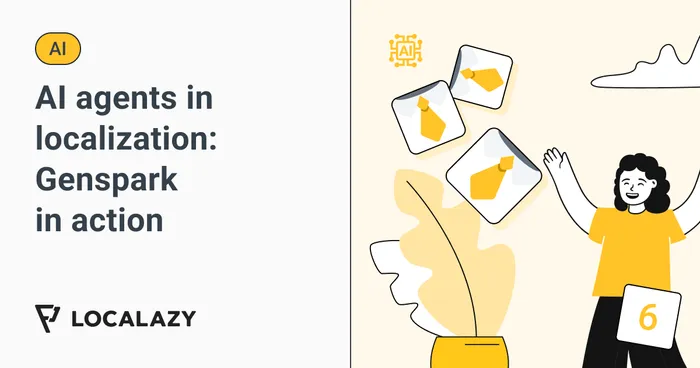AI agent
A software program that learns from the digital environment to complete tasks on its own.
AI agents, also known as digital intelligent agents, operate by interpreting inputs from digital environments, including user interactions and data streams. They make decisions using algorithms, logic, or machine learning models and act independently to complete tasks, often improving their performance through experience. These agents can simulate human-like capabilities, such as understanding language and recognizing patterns. System monitoring tools detect anomalies and take corrective actions automatically.
🤖 Characteristics of intelligent agents:
- They operate without constant human supervision.
- Improve through machine learning or feedback loops.
- Can collect and interpret data from digital sources.
- Work toward specific objectives, either preprogrammed or learned.
- Interact with users or other systems, often through natural language.
- Capable of adapting to changes and responding to new information in real time.
🔍 How are AI agents used?
- Virtual assistants like Siri, Alexa, and Google Assistant interpret user requests and perform actions.
- Customer support bots automate ticketing processes and resolve common issues.
- Recommendation systems customize content or product suggestions based on user behavior.
- Platforms like GenSpark use a multi-agent system to complete complex tasks like image localization, research synthesis, and UI adaptation with minimal human input.
- Agentic code tools like Devin or GitHub Copilot can plan, write, and even test software components independently.
We can expect agents to become more widespread across domains and reduce the amount of manual work we have to do daily.
🌏 AI agents in localization and translation #️⃣
AI agents are being used in localization and translation to speed up translation work, reduce manual effort, and keep content consistent across different languages. Unlike traditional rule-based systems, these agents learn from user interactions and real-world data, making real-time decisions to ensure translations are accurate and contextually appropriate.
They’re used to:
- Detect new or updated content for translation.
- Launch and manage translation workflows automatically.
- Suggest context-aware translations based on learned patterns.
- Reduce the workload of linguists by acting as first-pass translators or reviewers.


